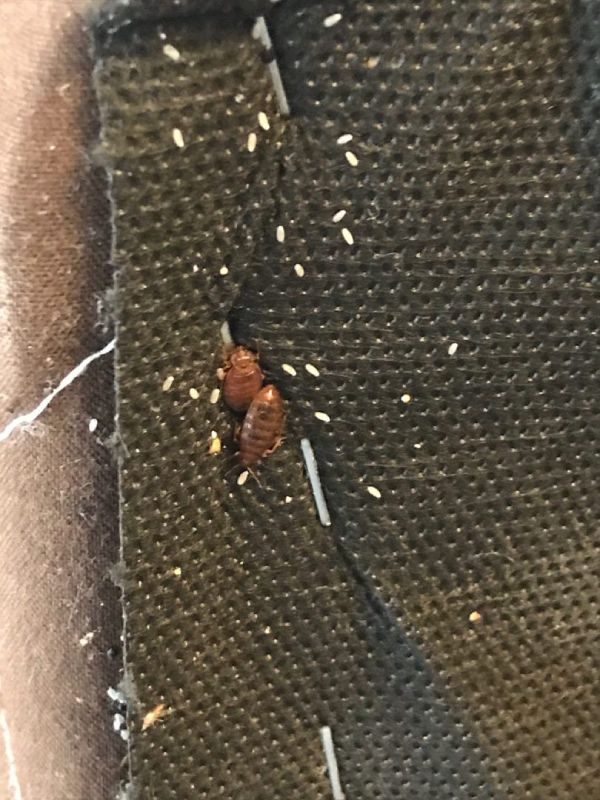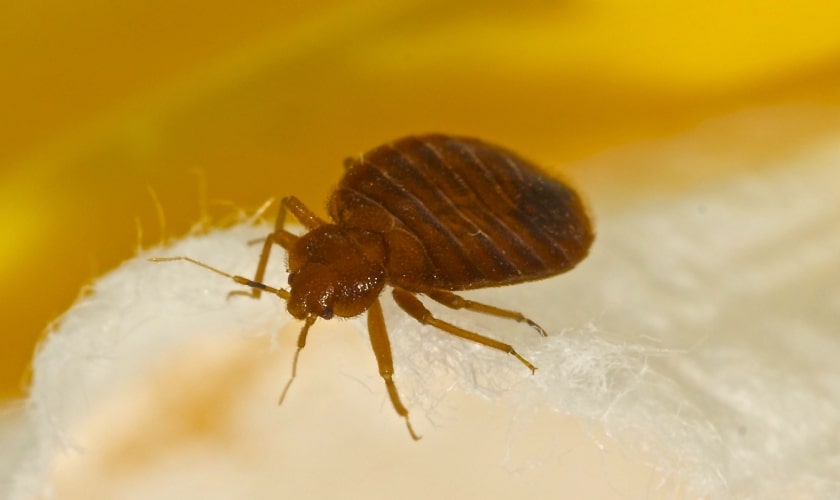Expert Kings Pest Control Services Cincinnati OH
Wiki Article
Sorts Of Pest Control: Which Technique Is Right for Your Invasion?
When encountered with a parasite infestation, the choice of a proper approach for insect control is critical in efficiently taking care of the scenario. By checking out the numerous kinds of insect control techniques readily available, individuals can make educated choices customized to their unique scenarios, ensuring a more effective and sustainable result in bug eradication.Chemical Parasite Control
Chemical pest control involves making use of synthetic or normally obtained chemicals to manage and eliminate pest populations successfully. This approach is commonly made use of in agriculture, forestry, and property setups to battle a wide variety of insects, including weeds, rats, and bugs. The usage of chemical pesticides can provide quick and targeted solutions to pest infestations, making it a popular choice for many people and organizations.Among the vital benefits of chemical bug control is its capability to swiftly get rid of insects, decreasing the risk of damage to plants, residential or commercial property, and human health and wellness. By utilizing particular chemicals that target particular pests, this approach can effectively control infestations while minimizing injury to valuable microorganisms and the atmosphere when applied correctly.
Nonetheless, using chemical insect control also elevates issues regarding potential negative impacts on non-target species, water resources, and human health. It is crucial to adhere to security guidelines, use chemicals responsibly, and take into consideration different parasite control methods to reduce these risks and make certain lasting parasite monitoring methods.
Organic Insect Control
Biological bug control, additionally understood as biocontrol, utilizes living organisms to lower and take care of parasite populaces normally. By using the pest's natural predators or pathogens, biological insect control uses a lasting and ecologically pleasant option to pest monitoring.
Mechanical Pest Control
Making use of hand-operated and physical methods to take care of bug populations, mechanical bug control offers a different method that does not rely upon making use of living microorganisms or synthetic chemicals. This approach involves using obstacles, traps, or various other devices to physically hinder or get rid of parasites. By obstructing insect access points or establishing up catches to catch them, mechanical bug control can properly minimize problems without introducing chemicals into the setting.One common example of mechanical parasite control is making use of mesh displays on doors and windows to avoid pests from entering buildings. This basic yet reliable method serves as a resource physical obstacle, maintaining pests out while allowing for appropriate air flow. Additionally, gadgets like mousetraps, fly swatters, and ultrasonic repellents drop under the mechanical parasite control classification.
While mechanical parasite control methods can be labor-intensive and need routine surveillance and upkeep, they offer a lasting linked here and eco-friendly remedy for taking care of parasite infestations. By combining different mechanical techniques, homeowner can create a detailed parasite control approach that decreases dependence on chemical pesticides.
Physical Parasite Control

Some typical physical pest control techniques include making use of barriers such as displays or nets to protect against insect access, catches to catch and get rid of insects, and hand-picking to literally remove bugs from plants or frameworks. Additionally, strategies like warm therapies can be used to manage bugs like bed bugs by raising the temperature to levels that are lethal to the bugs.
Physical bug control is particularly helpful in incorporated parasite monitoring (IPM) techniques, where several bug control approaches are combined for efficient bug management while decreasing using chemicals. By utilizing physical insect control methods, people can effectively deal with bug problems the original source with minimal environmental impact.
Integrated Insect Administration
When carrying out physical pest control methods as component of insect administration methods, Integrated Bug Monitoring (IPM) emerges as a detailed strategy that leverages numerous strategies to properly regulate pest populaces. IPM concentrates on lasting prevention of pests through a mix of organic, social, physical, and chemical devices tailored to certain parasite concerns. By incorporating multiple control strategies, IPM aims to minimize the threats associated with pests while additionally lowering dependence on chemical services.One key aspect of IPM is the focus on surveillance and analyzing pest populaces to identify the most ideal control approaches. This positive technique enables early treatment and targeted methods, resulting in much more reliable bug administration. Furthermore, IPM promotes eco-friendly practices by focusing on non-chemical control methods and only utilizing chemicals as a last resource.
Conclusion

By using the pest's all-natural killers or microorganisms, biological insect control provides a lasting and ecologically friendly remedy to pest monitoring. - Kings pest control Cincinnati
Utilizing physical and hand-operated methods to take care of bug populations, mechanical pest control supplies an alternate method that does not count on the use of living organisms or artificial chemicals.An effective strategy to handling pest populaces without depending on chemical or organic techniques involves the usage of physical pest control strategies.When carrying out physical parasite control approaches as part of bug management approaches, Integrated Insect Monitoring (IPM) emerges as a thorough approach that leverages various methods to effectively manage pest populations. Chemical pest control involves the usage of pesticides, biological parasite control utilizes all-natural killers, mechanical insect control entails physical obstacles, physical pest control consists of capturing or removing bugs, and incorporated pest administration incorporates numerous methods for an alternative approach to pest control.
Report this wiki page